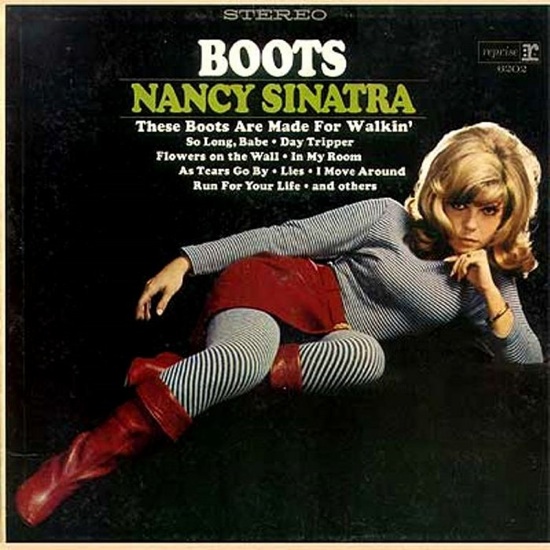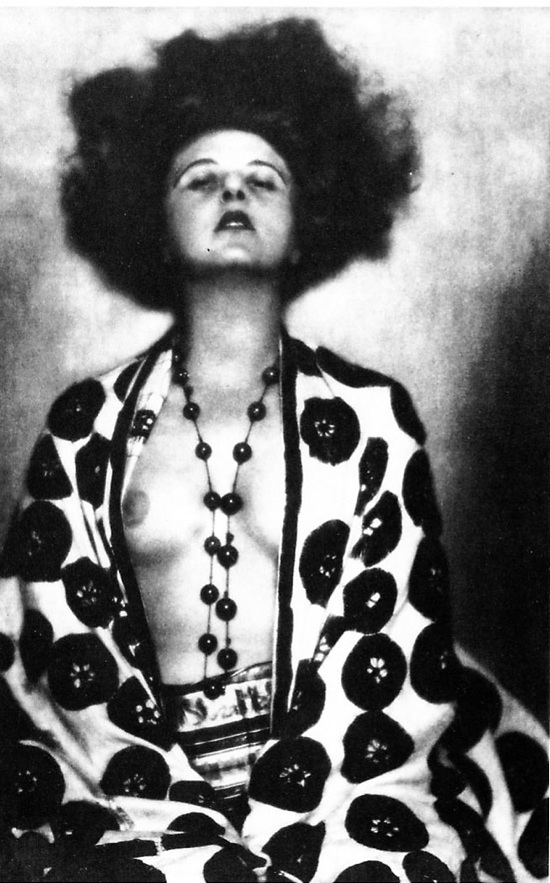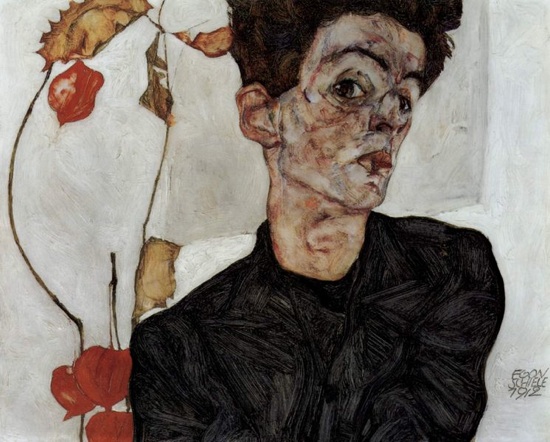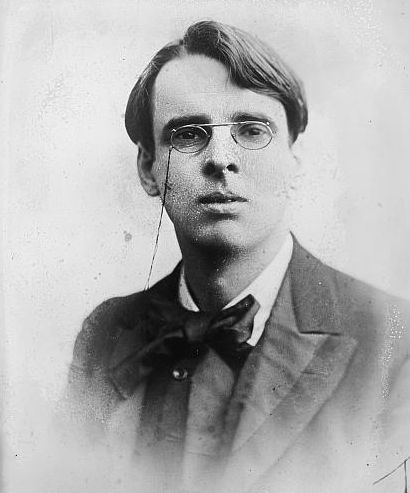Hilo Heroes, June 7-13
By:
June 7, 2009
HAPPY BIRTHDAY, this week, to the following high-, low-, no-, and hilobrow heroes. Click here for more HiLo Hero birthdays.
JUNE 7

Time is a trick, says PRINCE (born 1958), and to consider him as a continuous being existing in the same chrono-soup as the rest of us is an error. Born in Minneapolis, Prince’s childhood was troubled, leading to a homeless and itinerant adolescence in which he dreamt up a self as multifarious and unpredictable and immortal as music. Prince has imagined and disciplined himself into becoming an avatar of the astro black, the shadow history in which jazz came from the sun priests of Egypt, and the music of the spheres is on the one. Like Duke Ellington and James Brown, he is a ferocious band leader and party spirit; like Sun Ra he partakes of occult knowledge, in which an intense reading of the Bible reveals the censorship behind the sacred; like Miles Davis, he reinvents so as to not be controlled by his followers. Like George Clinton, he is the mask-wearing funk trickster — and he has even time fooled, for now. He used to be thirteen years older than me, now he looks thirteen years younger. — Matthew De Abaitua
JUNE 8

NANCY SINATRA (born 1940) was everywhere in the mid-1960s: dressed in tight leather as a motorcycle mama in The Wild Angels, blowing minds with Lee Hazlewood and Sammy Davis, Jr. on her Movin’ With Nancy television special in ’67, singing a creepy duet with her dad (“Something Stupid”) that same year, auditing Elvis as an IRS inspector in Speedway. Her greatest moment, though, was her tender-as-nails performance of Hazlewood’s “These Boots Are Made for Walkin’,” which reached No. 1 on the pop charts early in ’66. Dismissed by some as a campy classic — and loved by others for the same reason — “Boots” is one of very few Top-100 pop numbers of that era in which a woman sings about her willingness to kick a man to the curb. While Cher chirped about how her baby shot her down (“Bang Bang,” later covered by Sinatra) and Dusty Springfield begged her errant lover to come home, no questions asked (“You Don’t Have to Say You Love Me”), Nancy walked — strutted! — away for something better. — Lynn Peril
JUNE 9

Called by collaborator Moss Hart “the greatest amateur I ever met,” COLE PORTER (1891-1964) treated the plots and characters of his Broadway shows and Hollywood films as shim-thin pretexts for his brilliant, brittle, notably frank songs. “I Get a Kick Out of You” allowed that “Some get a kick from cocaine,” while the streetwalker’s lament “Love For Sale” so scandalized 1930 audiences that it was reassigned from a white singer to an African-American one after a few performances. (Of which production? The New Yorkers, but you see my point.) Still, certain shows have endured: when dramatic unity became de rigueur post-Oklahoma, Porter rallied with 1948’s half-Shakespearean Kiss Me, Kate, surely the first musical to name-drop the Kinsey Report. — Franklin Bruno
JUNE 10

What did it take to be the most scandalous performer in Weimar Berlin? ANITA BERBER (1899-1928) had a penchant for going out in public naked under her sable wrap, affairs with married women and judges, an enduring relationship with a mother-daughter team, and she flaunted her cocaine addiction. But none of these would have been remarkable in ’20s Berlin. Nor was it her dance titled “The Depraved Woman and the Hanged Man,” at the climax of which she was on her back lapping at the sperm of the executed man. It wasn’t even the pet monkey. I think the scandal was Berber’s unashamed glee at embodying every vice and dark kink in that city and era. She was not ashamed to be Berlin. Performance art, The Living Theater, Punk, club kids: New York’s downtown history plays out like one of Berber’s idle hash dreams. — David Smay
JUNE 11

In more than 120 television specials JACQUES-YVES COUSTEAU (1910–97) portrayed a floating utopia in which perfectly tanned, massively skilled argonauts roamed the seven seas in search of beauty and danger, supported by donations and calendar sales. With their silver lamé wetsuits, fur-trimmed parkas, and shipboard attire of speedos and insouciant red caps, Cousteau and the crew of the Calypso forged a style that can only be called nauticosexual. Behind the style, however, Cousteau displayed chops as a technologist, filmmaker, and environmentalist. During World War II he organized underwater commando raids against the Fascist forces of Italy; later, he helped develop the aqualung that made modern diving possible. He aided in underwater rescues, invented a submarine as graceful and otherworldy as a flying saucer, correctly guessed that dolphins use echolocation before scientists could prove it, and stopped nuclear waste dumping on the high seas. Wonder-struck and commandingly cool, he was a seamless blend of Arthur C. Clarke, Maurice Chevalier, and Captain Nemo. — Matthew Battles
JUNE 12

EGON SCHIELE (1890-1918) was the best thing about the blizzard I spent in Vienna. I had gone to see the remnants of a nervous splendor, expecting well-behaved aesthetic souvenirs from a once-hypermodern past. But when I got to the Schieles my careful tourism fell apart. They raged off the canvas — violent, distorted, explicit nudes, confrontational gazes, feverish spots of color against lead white, black sketchy outlines that would not be in vogue until the advent of the postpunk zine. Shot through it all was an incredible and paradoxical optimism that I could not then, and cannot now, reduce to any one aspect or combination. Schiele’s self-portraits (and they are all, in essence, self-portraits) have been categorized as expressionism, pornography, even anorexic chic. I would instead borrow Rod Steiger’s self-description in Dr. Zhivago, and call Schiele’s work “not high-minded, not pure — but alive.” — Peggy Nelson
JUNE 13

You can grok many modernists through the forms of tradition they undermine and idolize. While Irish lore loomed mighty for WILLIAM BUTLER YEATS (1865-1939), the more scandalous tradition which beguiled the poet was the practical mysticism of the occult. As a young man, Yeats waved his magic wand in the Golden Dawn (think Freemasonry plus kabbalah and girls). Decades later he melded his wife’s spiritualist channelings into the weirdness of A Vision: “When we perceive the Daimons as Passionate Body, they are subject to time and space, cause and effect; when they are known to the Spirit, they are known as intellectual necessity, because what the Spirit knows becomes a part of itself.” More “tradition” than tradition, this stuff can also be seen as an erudite preview of the pulp occulture to come. Occult lore and practice were Yeats’ Dr. Strange, his Ouija board, his Incredible String Band collection — the faery food found on the margins of official culture. — Erik Davis
